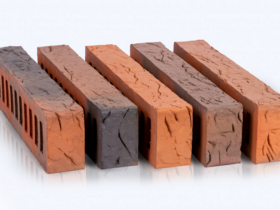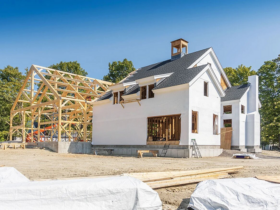The floor screed is a part of the floor of the flooring, which is the basis for laminate, parquet, linoleum and other finish flooring.
Types of floor screeds by knitting material
Cement. The thickness of the application is 30–35 mm, the strength when compressed after 28 days – at least 25 MPa. When adding sand-cement-sand screed;
Gypsum. Compression strength – at least 25 mPa. Not suitable for use in rooms with high humidity;
Magnesial. Compression strength – at least 10 MPa. Have a corrosive effect, so all metal elements need to be insulated.
Types of screeds according to the styling method
Dry (prefabricated). Are designs from plates made on the basis of gypsum;
Semi -dry. Cement-sand screeds with filler (expanded clay, pebbles);
Self -leveling. Mixtures with the addition of various polymers. Easily applied and align small irregularities.
Application of mixtures for floor screeds
The compositions are used in different ways. If you need to completely replace the screed in the apartment or make it in a country house or garage, then it is better to use semi -dry mixtures. However, they are quite heavy and dry for a long time.
In apartments you can put dry screeds. This will make the floor quickly and reliably. For sound insulation in such cases, you need to use special materials. But for bathrooms, a dry screed is better not to use, or it will have to be well waterproof with films and sealants.
Self -leveling mixtures are suitable only as a floor for gender, since their price is quite high, and for a full screed you need great thickness. They are usually used as a finish coating when laying floors – laminate, parquet, etc.
When organizing a half -dry screed, it can be reinforced. To do this, you need to purchase special reinforcements – stacks. This will increase the strength of the entire gender.
For a warm floor, it is best to use a half -dry screed. At the same time, the mats themselves or pipes are poured with a composition and become part of a single design.








